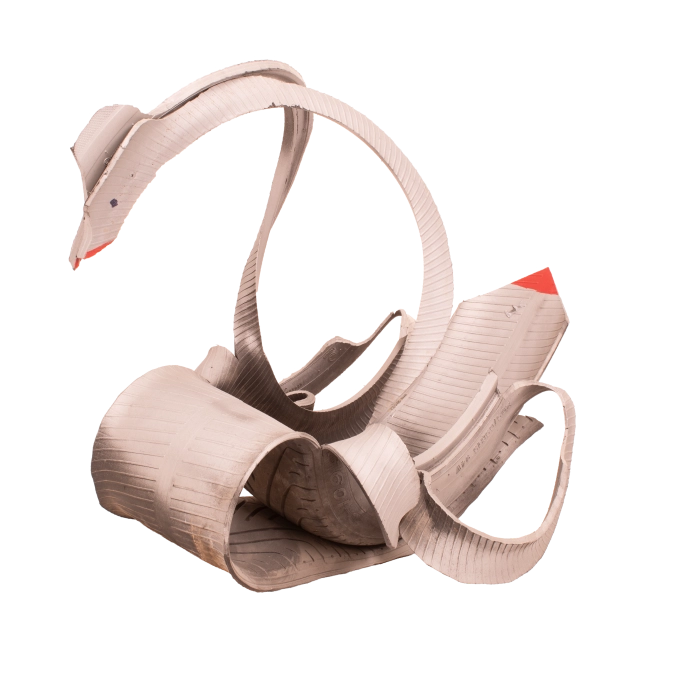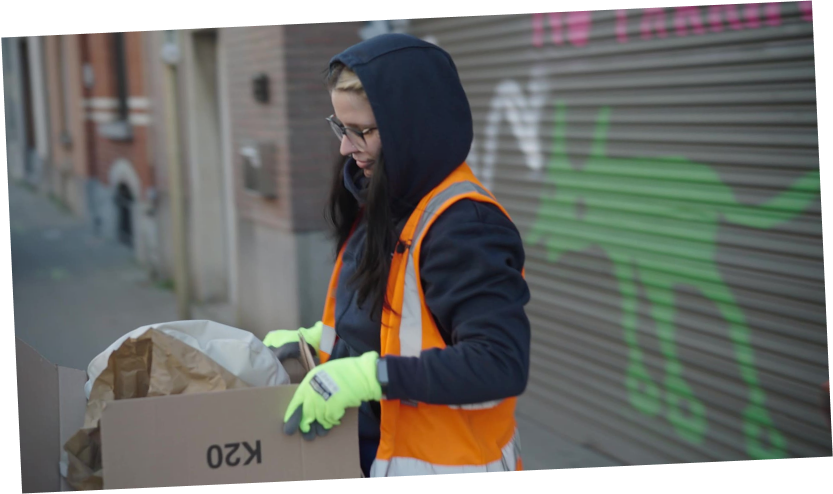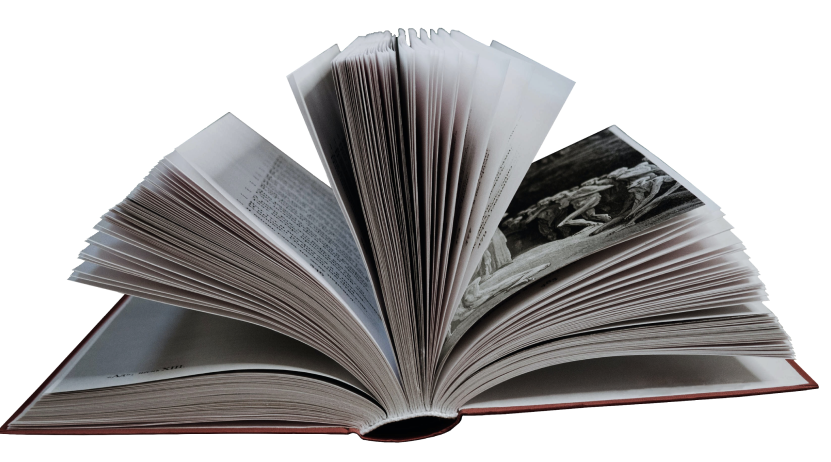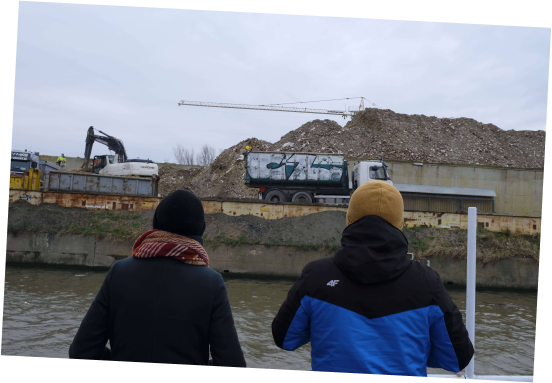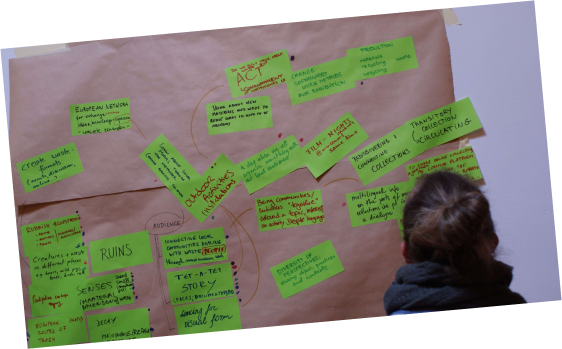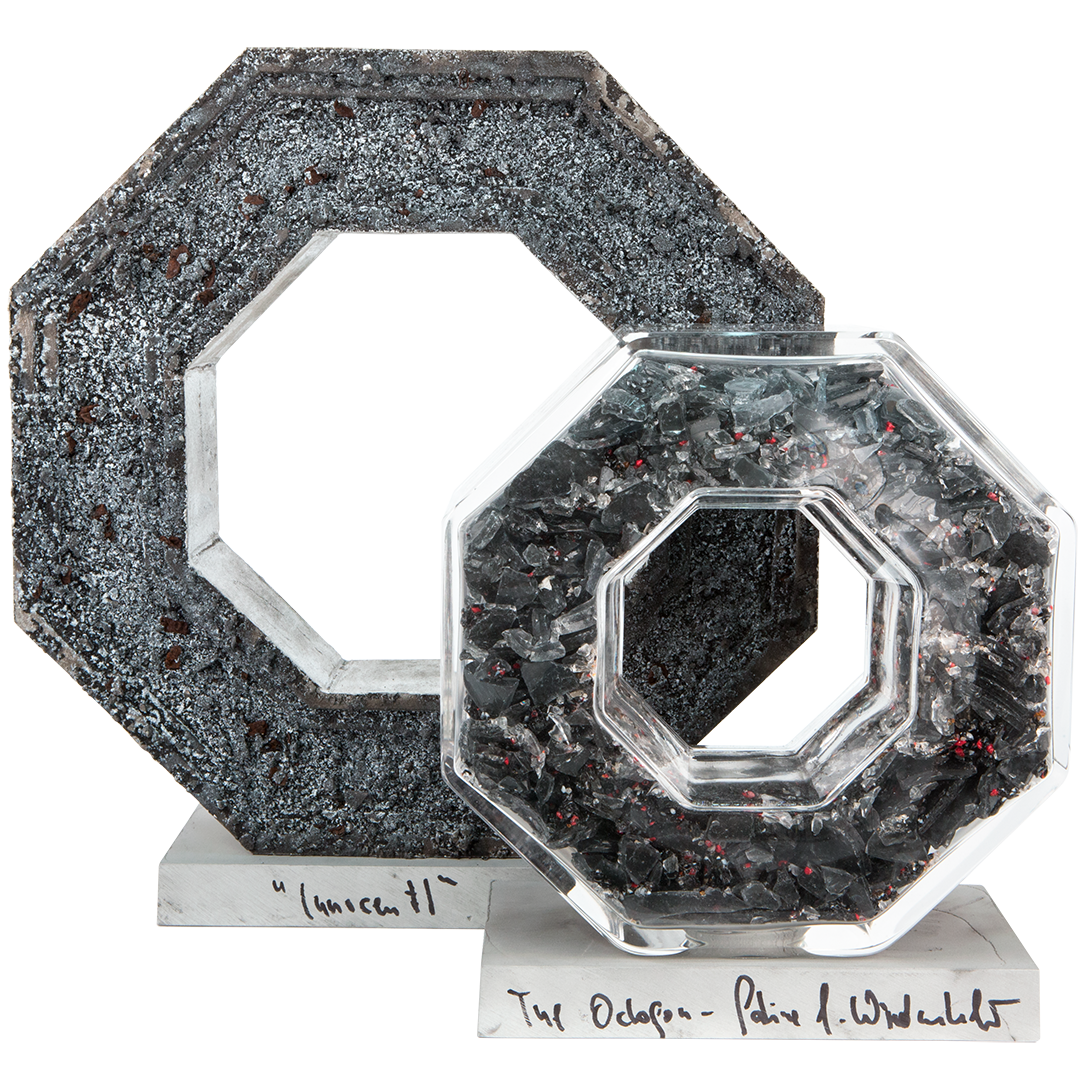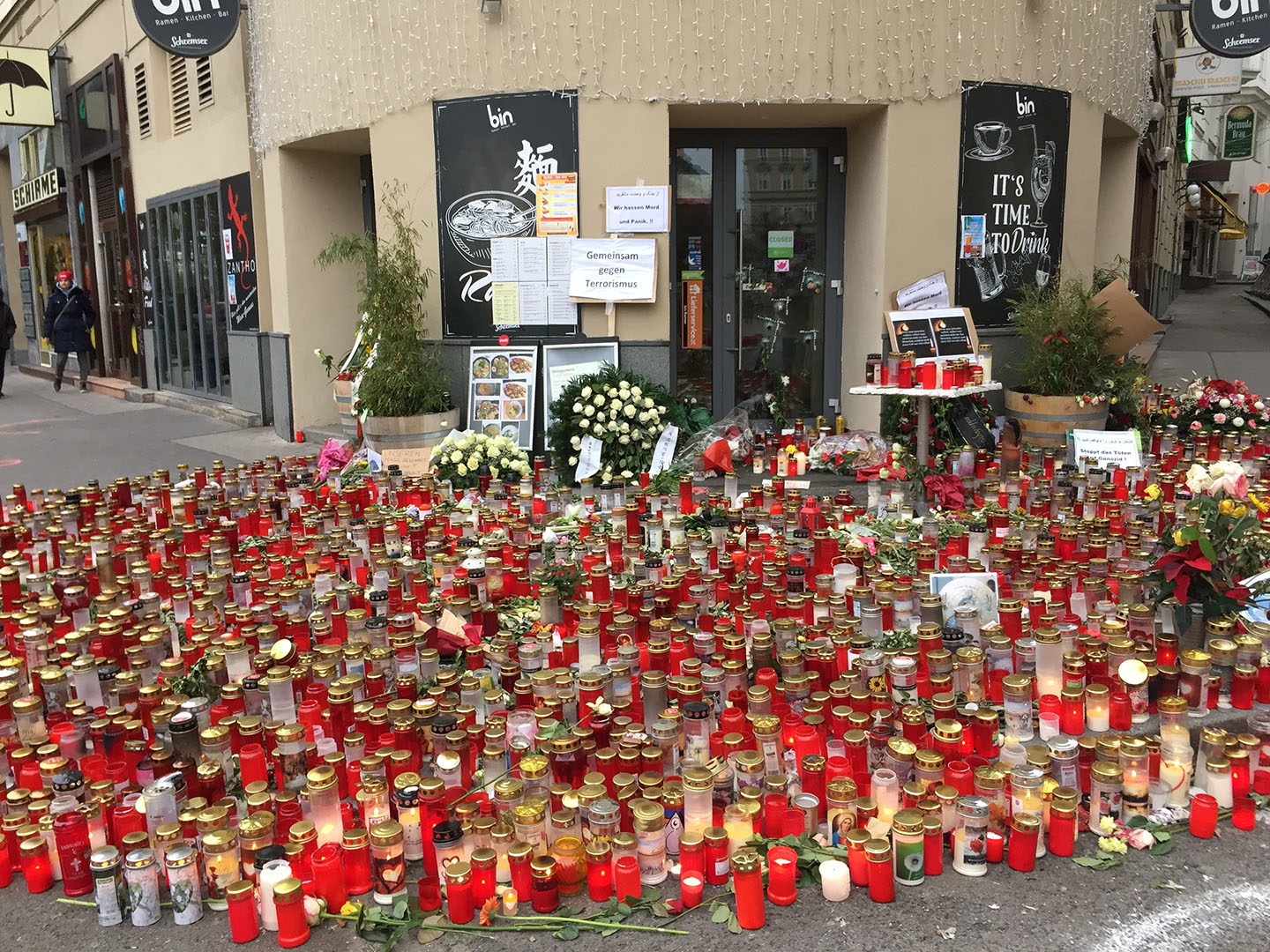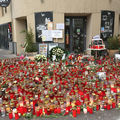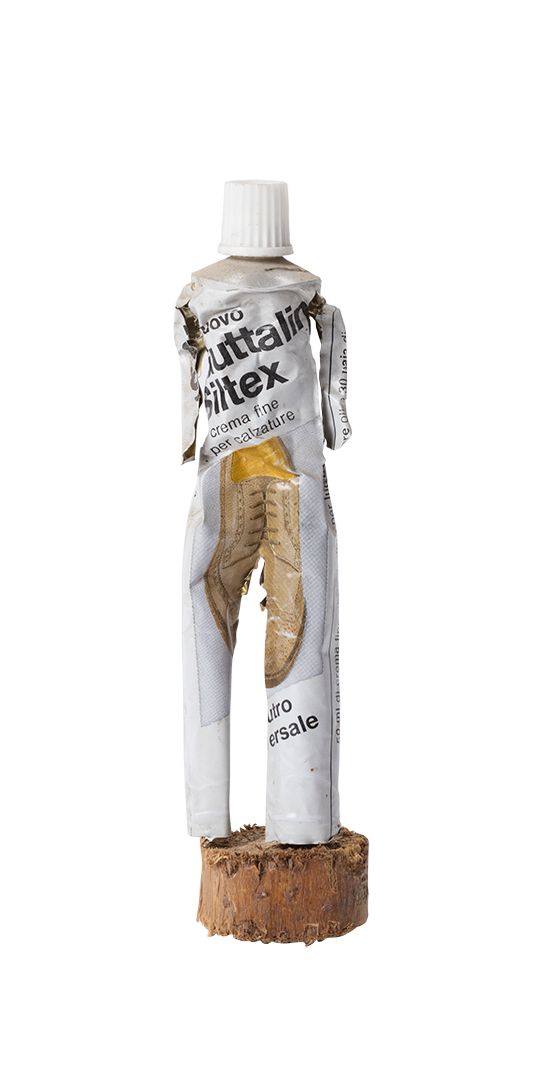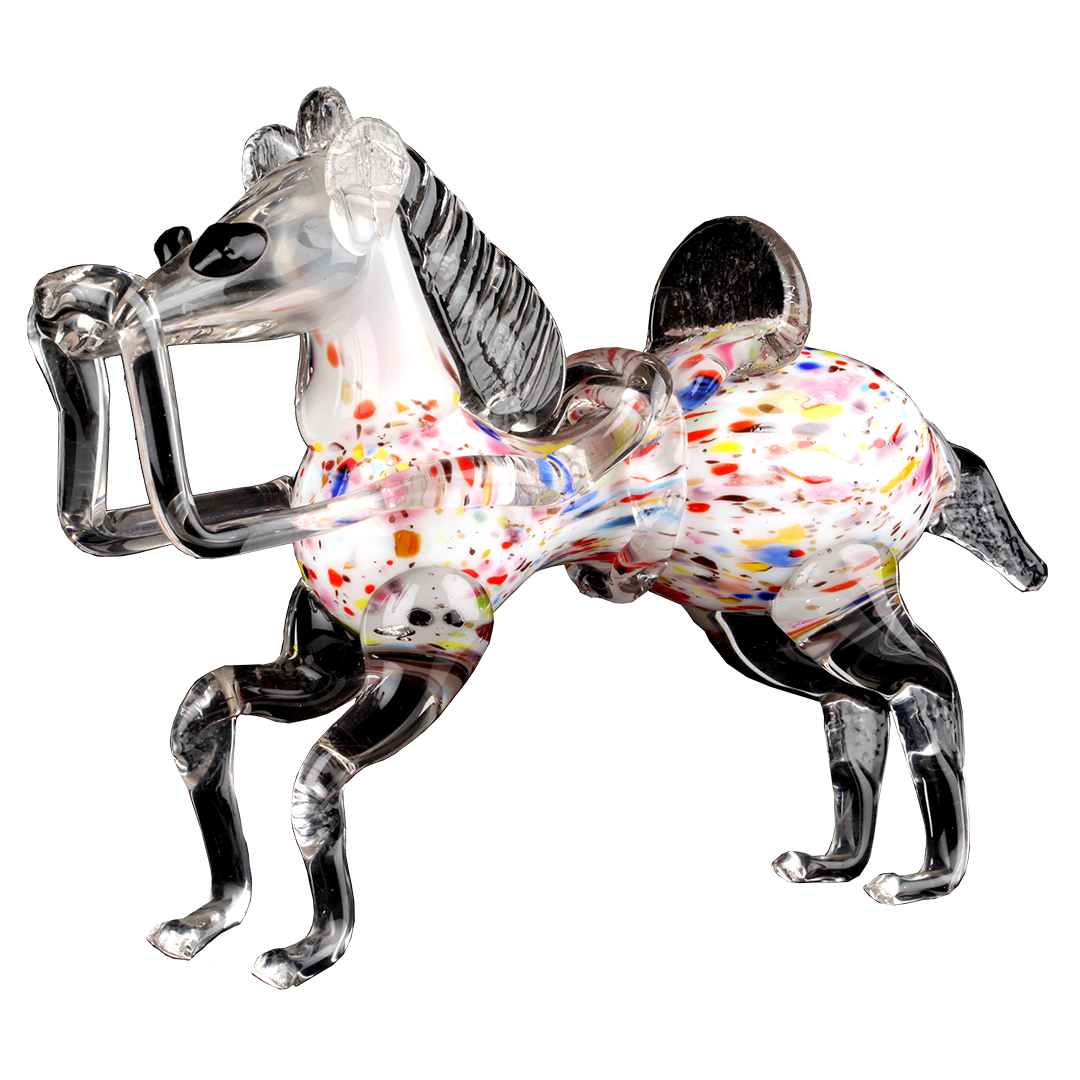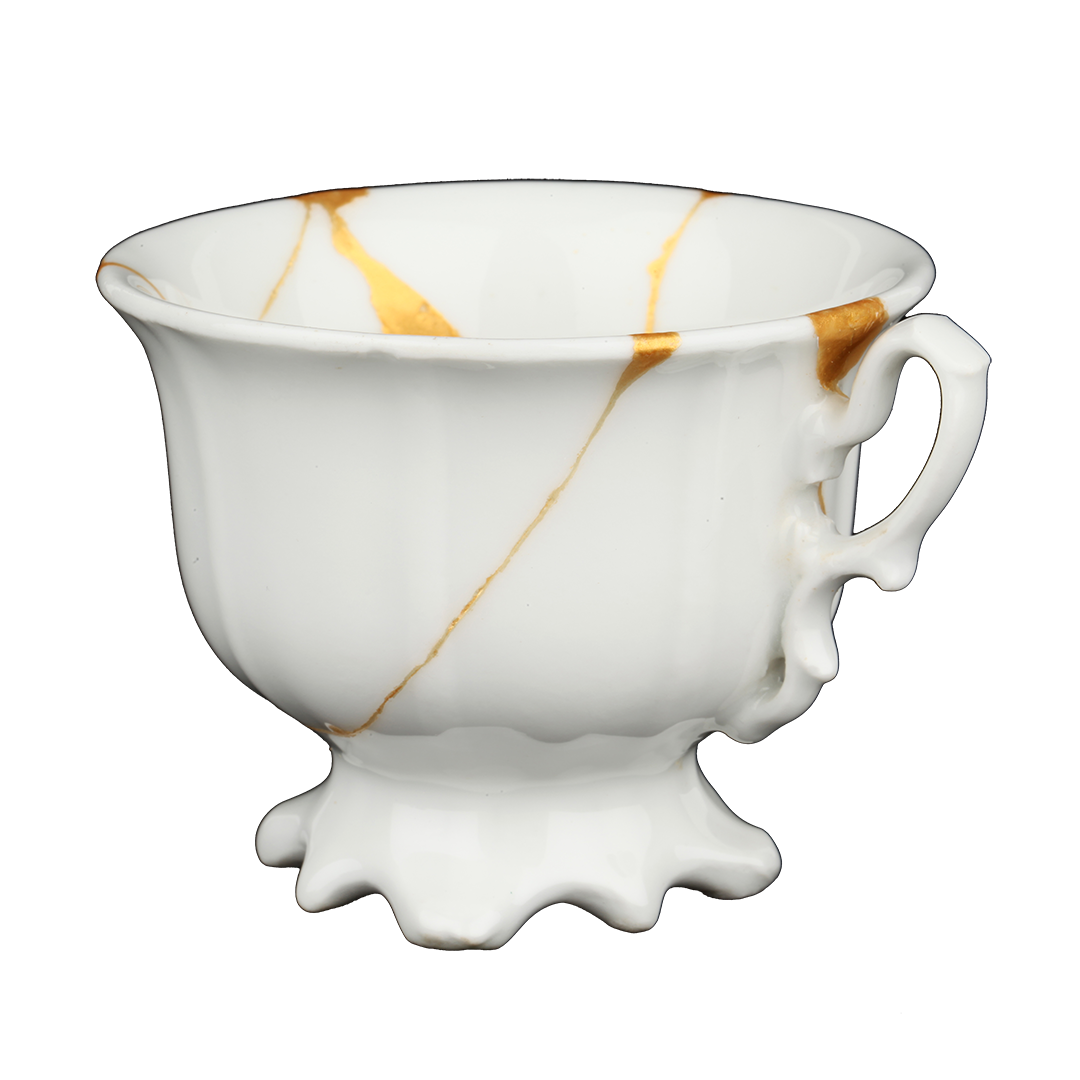Artist/Maker Sabine Wiedenhofer
Date Production/Creation
2021
Entry in the museum collection
2022
Place of origin
Vienna, Austria, Europe and Murano, Italy, Europe
Current location
Austrian museum of folk life and folk art, Vienna, Austria
Material
Glass, aluminium
Dimension
Glass: 26x26 ; Aluminium: 37x37
Inventory Number ÖMV/89.815/01,02
Keyword Art People Memory
Copyright © Volkskundemuseum Wien
Status In storage
Image Credit © Christa Knott, Volkskundemuseum Wien © Claudia Peschel-Wacha, Volkskundemuseum Wien
Gone but not forgotten: one artist’s plan to immortalise memorial waste.
What is this object about, who are the people behind it?
The Austrian Museum of Folk Life and Folk Art acquired the work in mid 2022. The Viennese artist Sabine Wiedenhofer conceived and created this work in 2021 from the remnants of objects (letters, candles, cuddly toys, etc.) placed spontaneously in remembrance of the terrorist attack of 2 November in District 1 in Vienna. At the time of the Islamist attack, the artist was herself in the streets where the attack took place and took refuge with her family in a café to escape the terrorist's fire. In the days that followed, she visited the sites of the attack on a number of occasions and saw how the objects placed in memory of the victims continued to grow in number. She felt the need to turn these items into permanent works of art.
What places is this object related to, how European/transnational is it?
The Islamist terrorist attack in the bustling city centre of Vienna on 2 November 2020 – on the eve of the start of a new lockdown owing to COVID19 – was a huge shock, the repercussions of which are still being felt today. The residents of the Austrian capital were affected on a personal and emotional level, just like the rest of the Austrian population. Many people knew or know people who had been at the sites of the terrorist attack. This object brings together the experience of the attack, the immediate aftermath and the individual and collective memories of the event and those of the country as a whole, as well as the coping mechanisms deployed, with those of other places in Europe and beyond which have suffered under Islamist terrorism in recent years.
Why and how did this object arrive in the museum’s collection?
The objects are atypical for the Austrian Museum of Folk Life and Folk Art. The artworks were gifted to the Museum by the artist and the gallery exhibiting her works. The collections of the Austrian Museum of Folk Life and Folk Art mainly contain objects associated with everyday culture and/or folk art and include but a few contemporary works of art. Owing to the particular importance of the attack in terms of the cultural and collective memory of Vienna and Austria as a whole, the Austrian Museum of Folk Life and Folk Art decided to incorporate these objects in the collections and to preserve them in Vienna as resources for further study.
What is the relation of this object to waste?
The terrorist attack and spontaneous acts of remembrance in Vienna, such as visiting the sites of the attacks, the placing of letters, candles, cuddly toys and the like, have left their mark. The destruction of these objects of remembrance would have been perceived as a sign of disrespect and desecration not just by the artist but by the municipal department for waste management. The question arose as to how to deal with these special material objects of remembrance, for which there was no (permanent) place in the public space, nor could there be, and which therefore had to be "disposed of". Although they were initially removed and treated as "waste" by the relevant municipal services, the latter subsequently liaised with the artist as to the logistics for dealing with these objects. The transfer of these objects to the Austrian Museum of Folk Life and Folk Art has provided an institutional and museumised framework for this expression of remembrance and for the process of coping and coming to terms with the attack.

